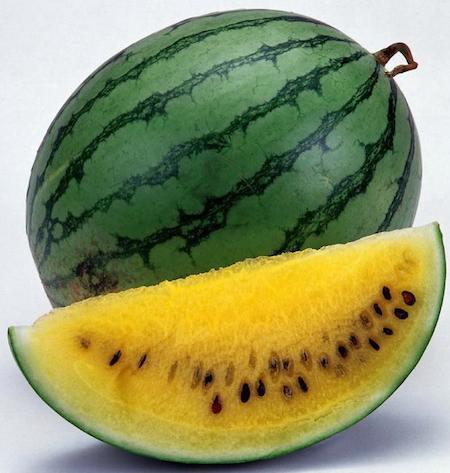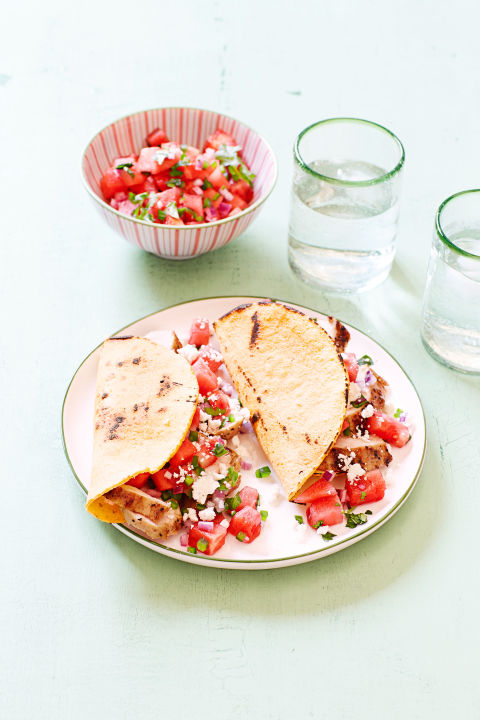Fresh Vs. Frozen
When it comes to produce many of us struggle with keeping fresh fruits & veggies well stocked.
This is mostly associated with the “Fresh is Best” perspective applied to food, lack of time to prepare, and/or if it’s appetizing on any given day.
We are here to tell you that in the grand scheme of life, the universe and everything in it fresh produce is NOT THE ONLY OPTION.
So here is the 411 on FRESH VS FROZEN fruits and veggies:
• Most fresh fruits and vegetables are picked before they are ripe. This allows them time to fully ripen during transportation. It also gives them less time to develop a full range of vitamins, minerals and natural antioxidants. In the US, fruits and vegetables may spend anywhere from 3 days to several weeks in transit before arriving at a distribution center. Therefore, it’s important to focus on consuming fresh produce that is in-season.
• Seasonal Produce for the Fall includes: apples, beets, Brussel sprouts, cabbage (red & green), cranberries, pears, persimmons, pomegranates, pumpkins, rutabaga, turnips, squash, sweet potatoes, and more. For the fill list CLICK HERE!
• Bottom Line: Fresh fruit and vegetables are often picked before they are fully ripe. Transportation and storage can take anywhere from 3 days and up to 12 months for some types of produce…when it comes to fresh produce your optimal choices are whatever are in season during that particular time of year!
• Frozen fruits and vegetables are generally picked at peak ripeness, when they’re the most nutritious. Once harvested, the vegetables are often washed, blanched, cut, frozen and packaged within a few hours of being harvested. Fruits tend not to undergo blanching, as this can greatly affect their texture. Usually, no chemicals are added to produce before freezing.
• Bottom Line: Frozen fruit and vegetables are generally picked at peak ripeness. Therefore, when our produce is unavailable locally/organically we can check out that freezer section at the grocery store and still receive the same nutritional benefits as if they were freshly plucked.
Honorable Mentions:
• Local. The closer to your home the produce was grown the more beneficial it is for your body and the environment (less travel time for the food equals fresher quality, higher quantity of antioxidants, and less fuel emissions into the world). Your also supporting local businesses which stimulates your local economy.
• Organic. Organically produced foods avoid: synthetic chemical pesticides, shun genetically modified organisms, and avoid irradiated treated foods. Organically produced foods help: get you higher amounts of nutrients (think antioxidants), reduce pollution and protect our water & soil, create a healthier environment for animals, farmers & rural area residents, as well as, financially support a sustainable food production system.
• We recognize that not everybody can afford to incur the cost of purchasing 100% of their groceries as organic products. Never fear…here are the top 12 fruits & veggies that should always be organic: apples, celery, cherry tomatoes, grapes, cucumbers, nectarines, peaches, potatoes, imported snap peas, spinach, strawberries, and sweet bell peppers.
*** Check out this link for an in-depth look at the Buying Guide for Organic Produce article.***























